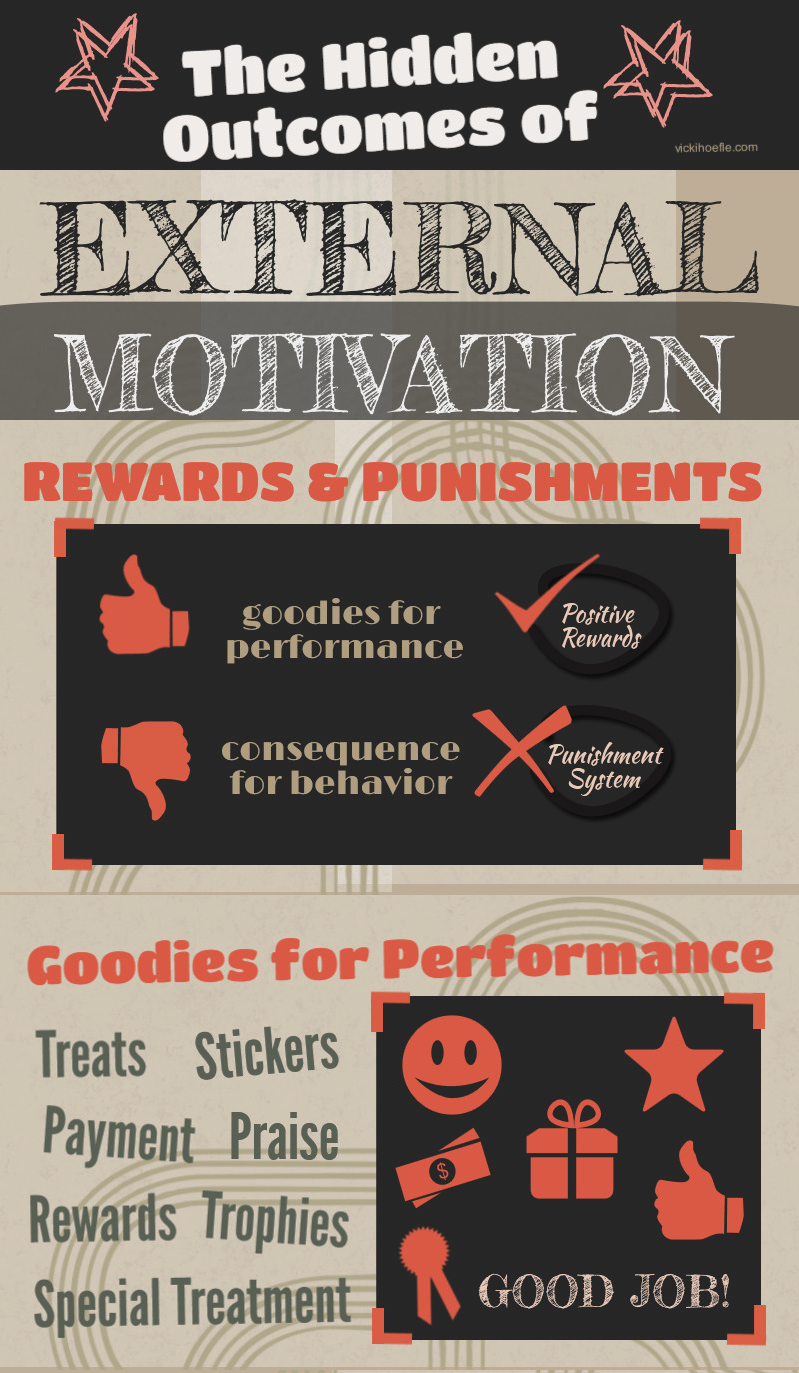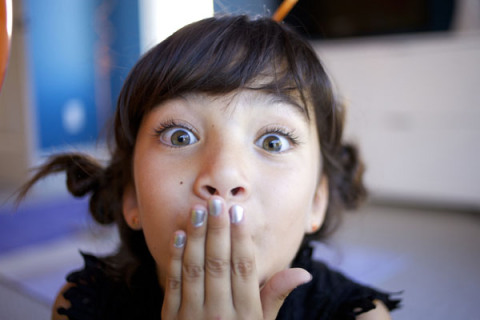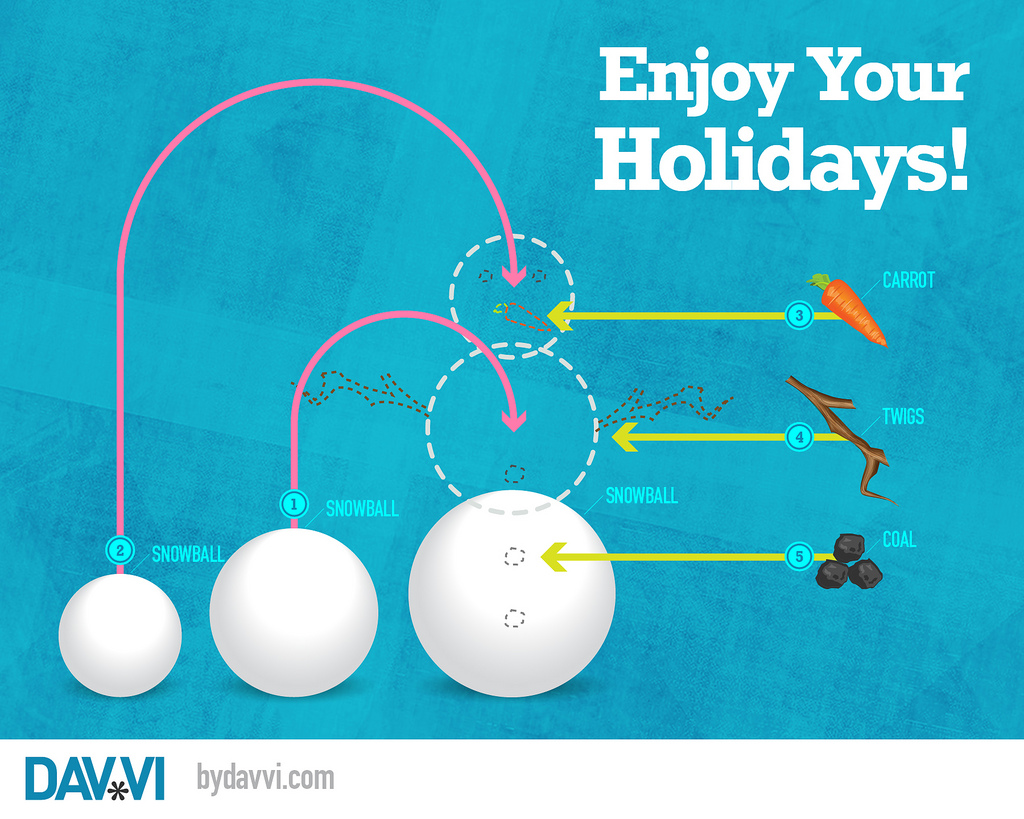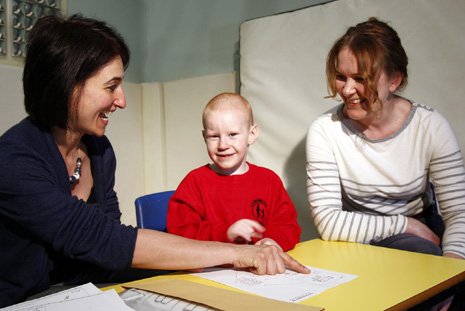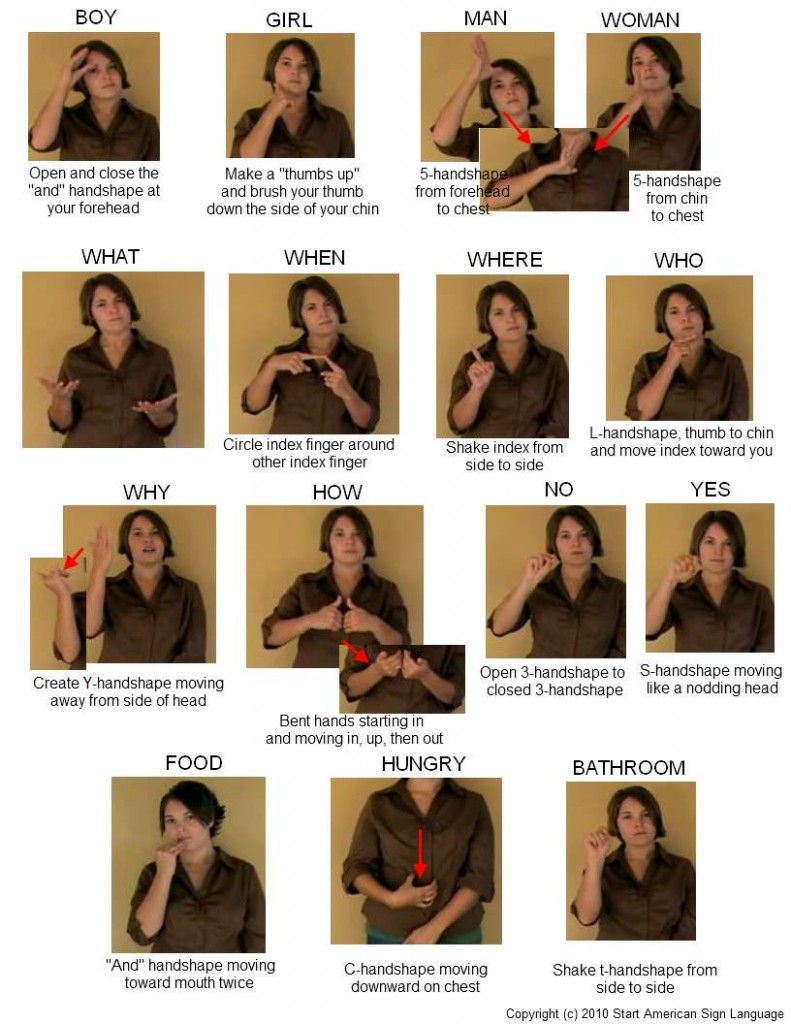Despite the bubbles and the iPads, speech therapy isn’t always all fun and games, it can be hard work! Speech therapy can be challenging for a host of reasons. It often occurs in small spaces, at a tabletop, and a variety of demands are placed on the child. While the goal of therapy is to work towards achieving goals, it’s also to keep kids motivated. Like most things in life, motivation is key and can have a significant impact on progress. A good speech pathologist considers not only the therapy goals but the variables that might impact a child’s motivation and attention during therapy to achieve those goals.
2 Simple Things That Might be Impacting Your Child’s Communication (and it’s not Articulation)
Language Building Skills Language Development Pronunciation & Lisps Speech Therapy Techniques
Communication is complicated. How often do you find yourself asking your friend to “say that again?” or misspeak with a wrong word or a nonsense word by mistake? It happens to everyone. Despite well-developed communication skills, even adults can’t speak clearly at times. Why? Because successful communication requires the synchrony one of many skills. For some children, correcting an articulation error in speech therapy, that sound might only be one piece of the communication puzzle. In fact, that’s exactly why speech pathologists do an evaluation, to assess, using an arsenal of measures, many elements of communication. Fortunately for parents who might be concerned, there are two simple things that might be impacting a child’s communication that can be easily addressed.
3 Ways to use Winter Themes in Speech Therapy
Speech Therapy Techniques
With the winter weather upon us, it only makes sense to incorporate Jack Frost into our speech therapy. At home, parents can try a variety of techniques in the snow while speech therapists in the classroom can carryover concepts at the tabletop or in great books to infuse winter words into therapy.
5 Tips for a Winning Speech Therapy Collaboration
Speech Therapy TechniquesYou know the saying it takes a village, but when it comes to special needs children, the village can make a striking difference in the effectiveness of speech therapy. Collaboration doesn’t always come easy, but once you have a handle on it, speech therapy techniques can be seamlessly integrated at home and at school so that your efforts build to a greater result. Not only should you see better results with collaborative therapy, but you will see a rapport develop between parents, teachers and the therapist that will foster communication and coordinated efforts toward the common goal of improving a child’s speech.
Special Needs Kids Can Get a Boost from AAC Devices in the Home
Speech Therapy TechniquesSpeech therapy techniques like Speech Buddies can help special needs kids achieve clear articulation, but what about those who are nonverbal or those who have extremely limited speech abilities? Your child’s speech-language pathologist (SLP) might recommend the use of an augmentative and alternative communication (AAC) device. An AAC device is any tool that facilitates nonverbal communication. An AAC device may be an aided device, which means that it is an actual, physical object like an electronic reader or the picture exchange communication system (PECS). Or an AAC device may be unaided, which means that the child uses facial expressions, gestures, or sign language to communicate. Talk to your child’s speech therapist about whether an AAC device may be right for him.

